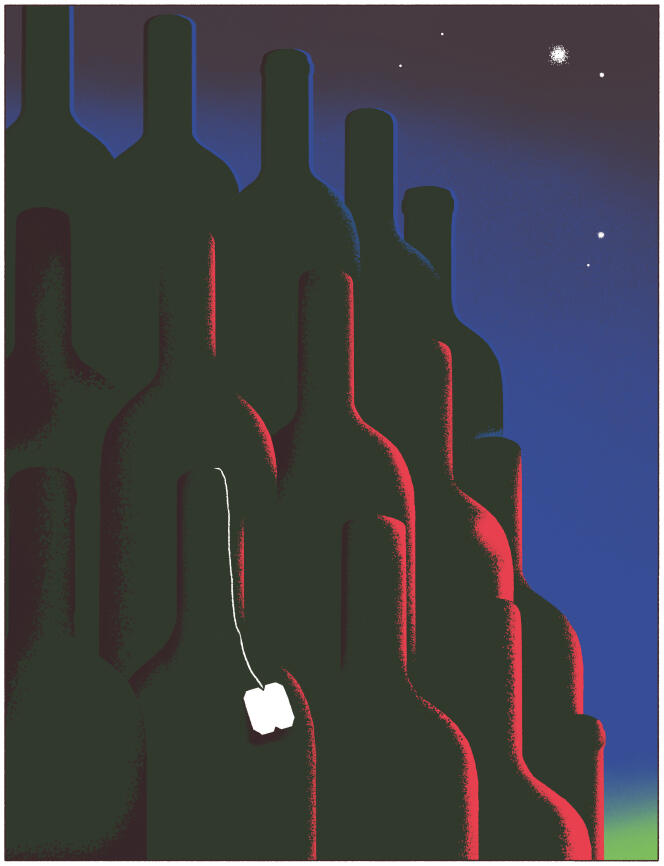


Albert Einstein is a useful source for everything, even to justify the unthinkable: "The important thing is not to stop questioning; never lose a holy curiosity." And that said it all for me; an undeniably authoritative argument that validated my desire to take tea with a meal in the same way as wine.
In truth, I was driven by a simple curiosity, hardly holy, and not wholly healthy – can a gourmet meal really be as memorable when accompanied by tea rather than wine? The answer is yes, provided the tea itself is as memorable, and that, as much as wine does, its taste, history and service perfectly accompany the process of discovery and tasting.
Let's get one thing out of the way: Health magazines advise against drinking tea with meals. It inhibits the absorption of iron from certain foods, which our bodies need. That being said, it's not a question of tea always being the only drink when we sit down to a meal, so it's a minor point.
In any case, tea is not generally consumed with meals. Culturally, it has never broken through that barrier. Whether it's the Japanese tea ceremony, English afternoon tea, Moroccan mint tea or the Russian samovar, tea is generally served outside mealtimes or after a meal. At best, it's accompanied by cakes. But it's never chosen to go with a dish, as you would choose a wine.
Pairing food and tea is a recent innovation and a shift in Western gastronomy. Its history has yet to be written, but some people are attempting to do just that. It's not an outlandish idea. Depending on where it comes from and how it's made, a tea's fragrance varies and can be combined with those of a dish. Whether green, black, white, oolong, fermented or roasted, tea has a wide palette. And although the pairing may be disconcerting, when well executed, it offers the opportunity to enjoy a delightful and memorable meal.
For the brand Grands Jardins, nothing is complete without a "grand cru" tea, which comes from rigorous selection and meticulous infusion. In short, an exceptional tea can equate to a fine wine. And wine comes into it everywhere: in the service, the temperature and the glassware. I met the team at Nhome, a Michelin-starred restaurant in Paris' 18th arrondissement. The guide praises the "great finesse" of its multicultural cuisine (particularly Japanese). Before each course, the sommelier brought the appropriate tea and poured it into wine glasses, from a dark 75-centiliter glass bottle adorned with a label (just like a bottle of wine). Depending on the tea, the liquid's color varies from pearl-gray to golden and amber. And remarkably, conventions around wine consumption are all present, right down to the serving temperature of around 12°C, as for a white wine. One eats hot, but drinks cold.
You have 54.83% of this article left to read. The rest is for subscribers only.
